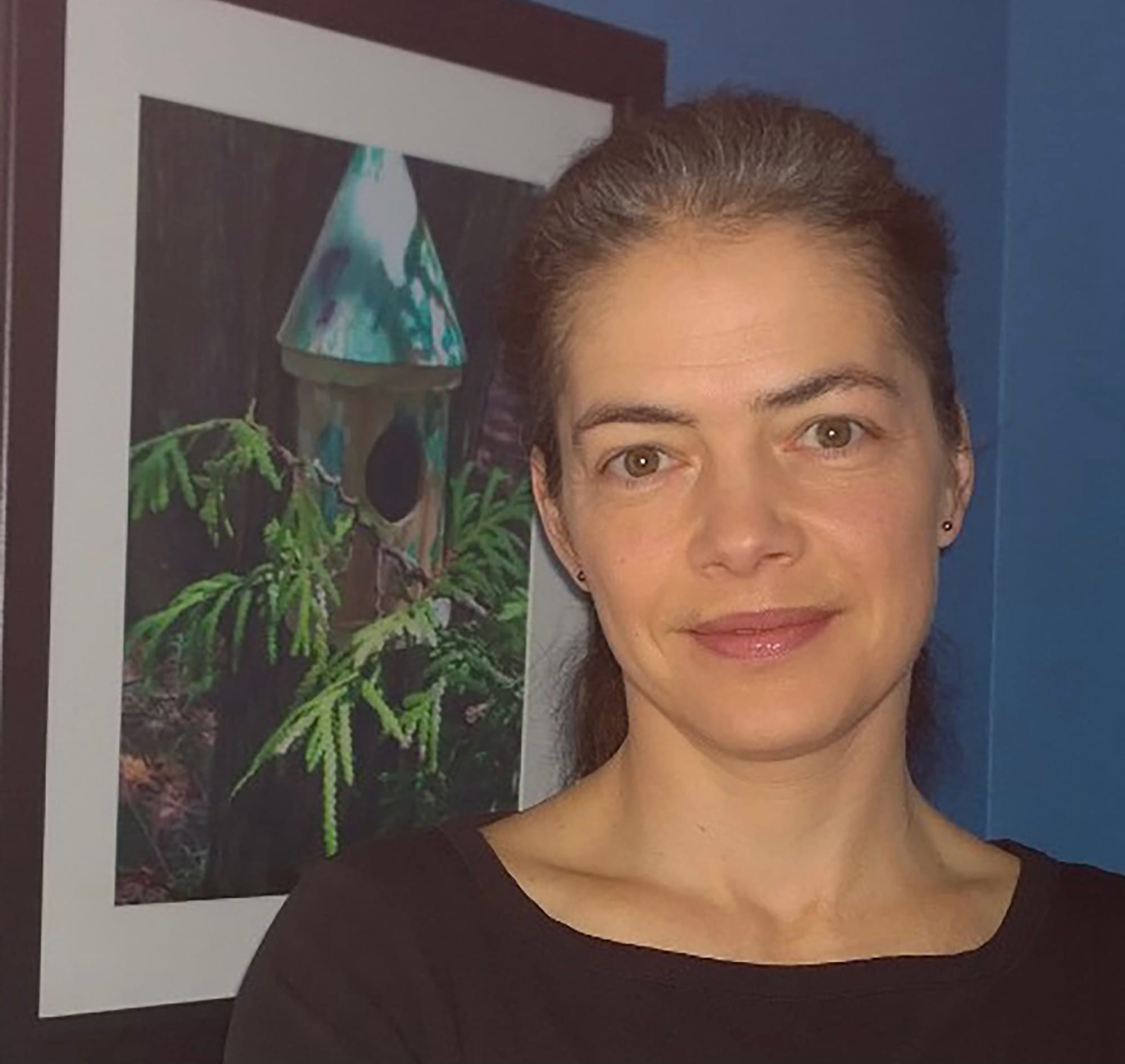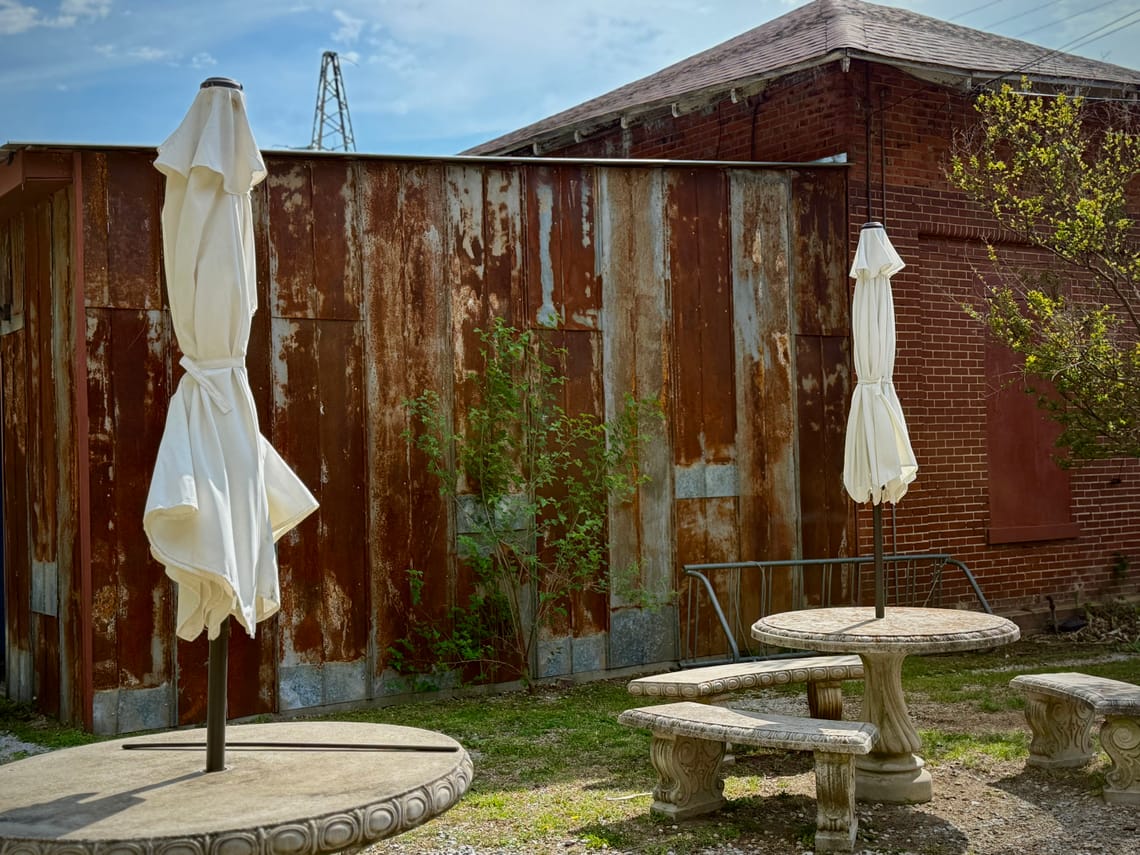If you want to go straight to the English part of the video, skip to 1:20.
For my Ottawa citizen column this week I slogged through the red and blue platforms to see what if anything they mean for those of us who live in Ottawa. The short answer: Not much. The long answer? Also not much. Please validate my efforts by reading the column. I poked my eyelids with toothpicks for you.
So, Monday. It’s not a stretch to say it looks like the Liberals again, probably majority. There are reasons for that, and I give you mine below, as soon as you acknowledge that I am a true hero for plunging into math like that on a Friday.
You’re welcome.
There are 343 ridings in total, of which 122 are in Ontario. That’s mostly the greater Toronto area (generously defined, not the metropolitan census area) and southwest Ontario, especially the parts along the 403 to Hamilton. Quebec has 78 ridings, mostly in the greater Montreal area where nearly half the province’s population lives — plus a sizeable cluster in Quebec City.
When you add Ontario and Quebec, you get 200 seats. That leaves 143 seats for the other eight provinces and three territories — combined. In Ontario, the polls have consistently and reliably shown the Liberals well ahead of the Conservatives since the campaign began. By double digits. In Quebec, it’s a three-way race with the Bloc and the Liberals have consistently polled ahead but that lead has shrunk a bit over the last 10 days or so, mostly in favour of the Bloc.
At dissolution, the Liberals held 33 seats in Quebec, same number as the Bloc. There was one NDPer, one independent and nine Conservatives. Nobody thinks the NDP gets more than the one (that’d be Alexandre Boulerice in Montreal) unless Ruth Ellen Brosseau in the Mauricie gets back in somehow; Vegas girl, remember? She’s actually been an exemplary MP despite an inauspicious start but that’s besides the point. The 2011 orange wave is good and truly over.
Smart money says the Bloc loses a dozen-ish seats this time, mostly to the benefit of the Liberals. Because Trump. The Conservatives might gain a couple, because 10 years of Liberal rule. If the Liberals perform as well in Ontario as polls suggest with, say, 85 of that province’s 122 seats, and they improve their share in Quebec to, say, 40 seats, they’ve got 125 and they need 172 for a majority. At the time of writing, Friday afternoon, April 25, the aggregator 338Canada suggests they’ll get 24 in Atlantic Canada, 7 in the Prairies (where the CPC dominates), 5 in Alberta (ditto), 23 in British Columbia and 3 in the Territories. If these numbers hold, it’s 187 Liberals. More than enough for a majority.
If the Bloc increases its share to 40 MPs instead of losing a dozen, the math is more likely to return a minority Liberal government. There is currently no poll aggregator showing a path to the Conservatives winning nationally. Even if everything breaks their way, their maximum reach is 161 seats. By contrast, the current projections say that if everything breaks Liberal, Mark Carney’s team gets 220 seats. That would be a very strong majority.
Quebec is what I’ll be watching, of course, along with Carleton in Ottawa where my good friend Bruce Fanjoy appears certain to upset Pierre Poilievre’s apple cart by — at the very least least — giving him a run for his money. I’m biased, of course, but when we first started to strategize about taking this riding away from the Tories, in early 2023, we did see a path to victory. It wasn’t a wide boulevard, to be sure. But there was a path. And Bruce relentlessly worked the strategy for those two years and lo, it appears to be successful. I’ll have more to say about this next week.
As well, it will be a moment of reckoning for the other parties. The NDP ran a good campaign but they were no match for the desire to protect Canada against Trump. Still, they’ll have to ask themselves why Jagmeet Singh — despite being a wonderful human and OK parliamentarian — couldn’t punch through the wall of indifference. I argue that with the passing of pharmacare and that dental program, the party had more influence in recent years than they’d had since Jack Layton. I’d be curious to see how Heather McPherson does as leader, assuming she’s interested. She’s quite formidable.
For small-c conservatives in this country, I think it’s time to come to grips with the fact that the Poilievre wing does not represent many people in this country. It’s a fringe party like the purple one we don’t need to acknowledge further. There is simply no support for anything Trumpy in Canada. There is a lot of support for fiscal conservatism and for strong attachment to Canadian institutions like the Charter and the rule of law, to take but two examples. Nova Scotia Premier Tim Houston’s slick video, released in the last week of the federal campaign, contains more than a subtle message to those small-c conservatives everywhere in the country. I do hope they listen because everyone is better served when there is more than one competitive national party vying for votes.
That’s it for now — please vote!




